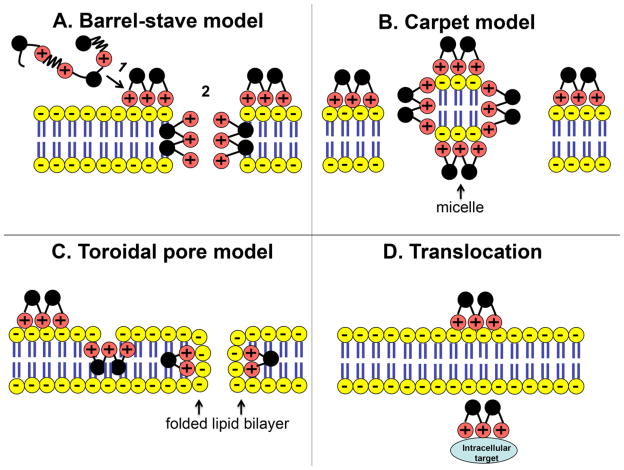Figure 3. Proposed antimicrobial mechanisms of antimicrobial peptides.
AMPs can kill bacteria by disrupting the microbial membrane (A–C) or translocating across the membrane and binding to intracellular targets (D). Models of membrane disruption include the following: (A) Barrel-stave model: (A1) Cationic AMPs (+) bind to the negatively charged bacteria lipid bilayer (−) and disrupt the microbial membrane by forming an aqueous channel or “barrel-stave” (A2). (B) Carpet Model: AMPs blanket the microbial membrane and disrupt it by forming micelles. (C) Torodial Pore Model: AMPs bind to phospholipid head group on the microbial membrane allowing its hydrophobic portion to intercalate into the microbial membrane and cause the lipid bilayer to fold back on itself [50].

